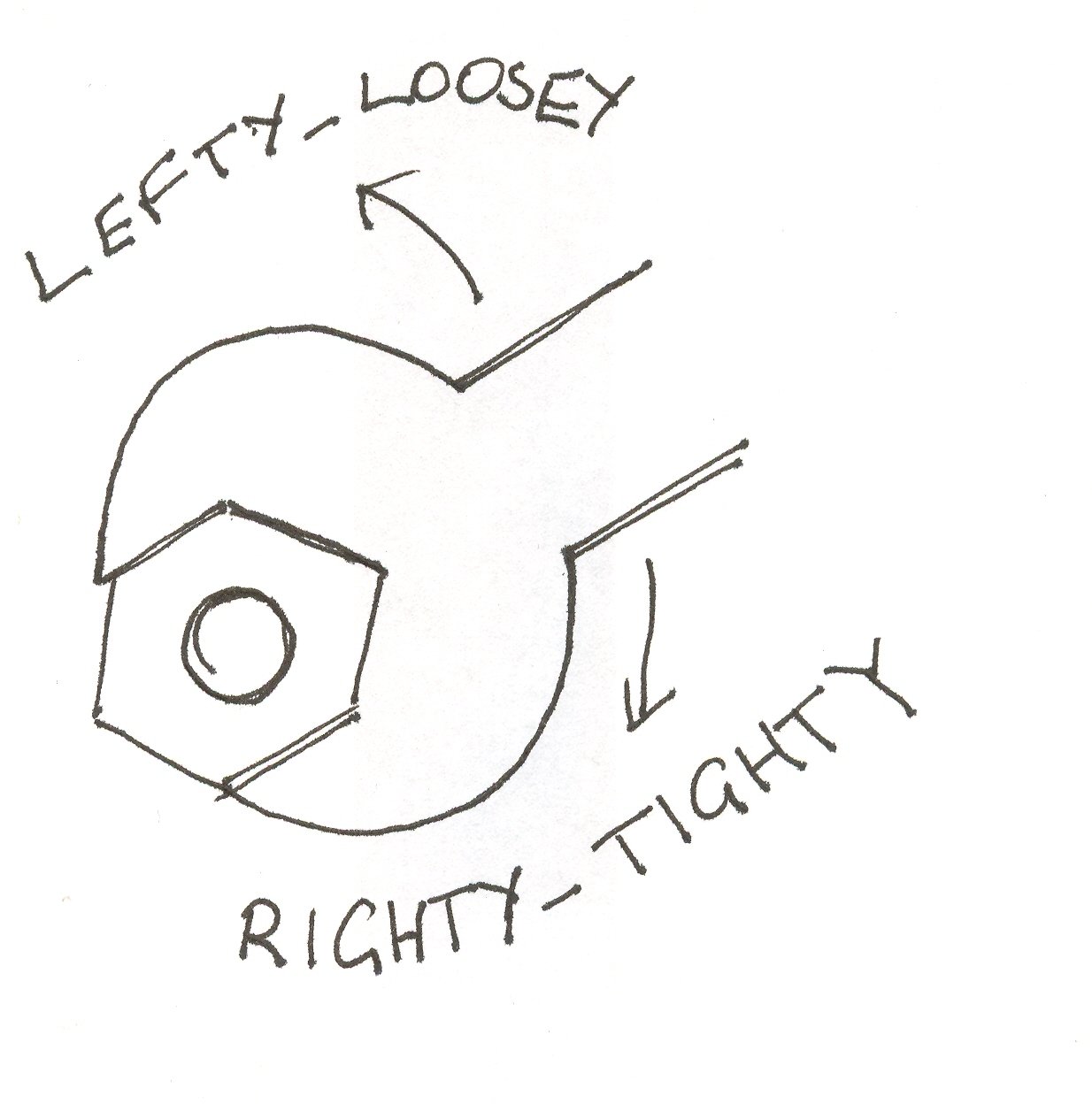this post was submitted on 13 Oct 2024
466 points (97.7% liked)
Asklemmy
44293 readers
921 users here now
A loosely moderated place to ask open-ended questions
If your post meets the following criteria, it's welcome here!
- Open-ended question
- Not offensive: at this point, we do not have the bandwidth to moderate overtly political discussions. Assume best intent and be excellent to each other.
- Not regarding using or support for Lemmy: context, see the list of support communities and tools for finding communities below
- Not ad nauseam inducing: please make sure it is a question that would be new to most members
- An actual topic of discussion
Looking for support?
Looking for a community?
- Lemmyverse: community search
- sub.rehab: maps old subreddits to fediverse options, marks official as such
- !lemmy411@lemmy.ca: a community for finding communities
~Icon~ ~by~ ~@Double_A@discuss.tchncs.de~
founded 5 years ago
MODERATORS
you are viewing a single comment's thread
view the rest of the comments
view the rest of the comments

I don't get confused by any of this. Stop pretending like everyone else is stupid. If you're looking at the hands of a clock, they aren't moving right when they're moving clockwise half of the time. The applies to everything moving around a circle. Left and right are only useful if you're looking at a specific segment of it. Clockwise is what we use for rotations everywhere else. For example, look at this wiki page that says this: "Rotation or rotational motion is the circular movement of an object around a central line, known as an axis of rotation. A plane figure can rotate in either a clockwise or counterclockwise sense around a perpendicular axis intersecting anywhere inside or outside the figure at a center of rotation." Right is literally never even used in that page, and left is only used once. The terms don't make sense for rotations. We can make up rules for how they can be considered for rotations, but they fundamentally are not words used to describe rotations. Do you get confused when people say there are more useful words to describe a function?